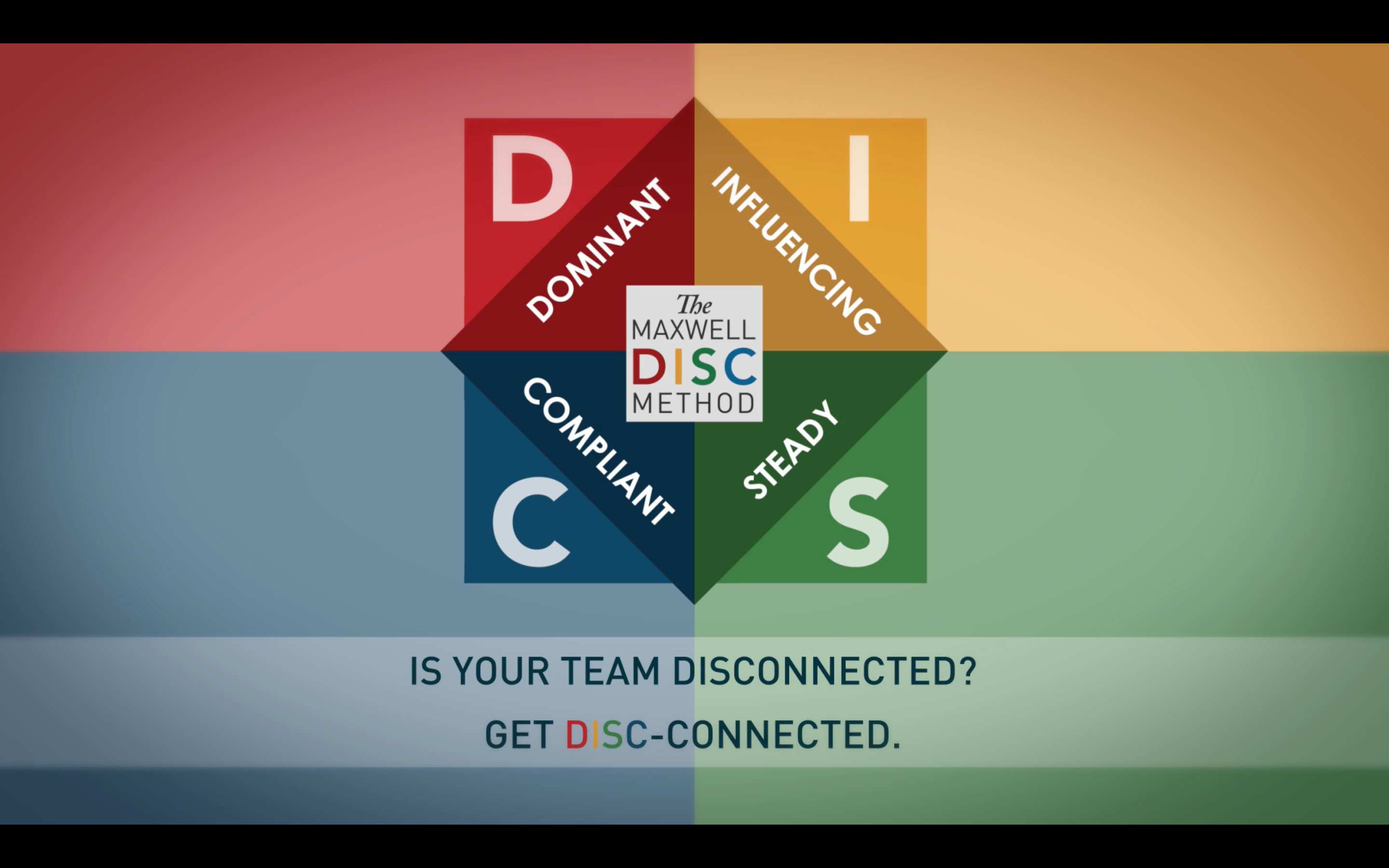
How DISC Insights Can Improve Team Communication in Healthcare
How DISC Insights Can Improve Team Communication in Healthcare

Effective communication is the backbone of any successful healthcare team. In high-stress environments where quick decisions and seamless collaboration are crucial, miscommunication can lead to conflicts, errors, and decreased patient care quality.
The DISC assessment model offers valuable insights into individual behavioral styles, helping healthcare teams understand each other better, improve communication, and work together more effectively. In this blog, we’ll explore how DISC insights can transform team dynamics in healthcare and provide practical tips on leveraging these insights to foster a more collaborative workplace.
Understanding the DISC Assessment Model

The DISC assessment is a behavioral tool that categorizes individuals into four primary styles: Dominance, Influence, Steadiness, and Conscientiousness. Each style represents a unique way of interacting, communicating, and handling stress, which can significantly impact how team members relate to one another in a healthcare setting.
Dominance (D): Individuals with a Dominance style are assertive, results-oriented, and thrive in fast-paced environments. They’re direct communicators who focus on achieving goals quickly and efficiently. However, they can sometimes come off as blunt or impatient.
Influence (I): Those with an Influence style are outgoing, persuasive, and thrive on social interaction. They bring energy and positivity to the team, often acting as motivators. However, they may struggle with details or follow-through.
Steadiness (S): The Steadiness style is characterized by patience, reliability, and a focus on teamwork. These individuals are great listeners and provide a calming presence. They prefer stability and may resist change or conflict.
Conscientiousness (C): Individuals with a Conscientiousness style are detail-oriented, analytical, and driven by accuracy. They value structure and prefer to work methodically. However, they may struggle with indecision or perfectionism.
Understanding these styles helps healthcare teams recognize the diverse communication needs within their group, allowing them to adapt their approaches for more effective interactions.
Enhancing Team Communication with DISC Insights
1. Recognize and Respect Different Communication Styles
One of the biggest benefits of DISC is that it helps team members understand how their colleagues prefer to communicate. For example, a Dominance-style leader who is direct and fast-paced might unintentionally overwhelm a Steadiness-style team member who values thoughtful, patient communication.
Recognizing these differences allows individuals to adjust their tone, approach, and messaging to suit the other person’s style, reducing misunderstandings and fostering a more respectful dialogue.
2. Reduce Conflicts by Addressing Behavioral Misalignments
Conflicts in healthcare teams often arise from misunderstandings or clashing communication styles. DISC provides a framework for identifying these behavioral misalignments and addressing them constructively.
For instance, if a Conscientiousness-style nurse is frustrated by a colleague’s lack of attention to detail, DISC can help both parties understand these differences are not personal flaws but contrasting styles. This awareness opens the door for more empathetic communication and collaborative problem-solving.
3. Leverage Strengths for Better Team Dynamics
Each DISC style brings unique strengths to the table. Leaders can use DISC insights to align team roles with individual strengths, enhancing overall team performance.
For example, an Influence-style team member might excel in patient interaction roles, while a Conscientiousness-style professional might be best suited for tasks that require precision and thoroughness. Recognizing and utilizing these strengths creates a more efficient and harmonious team environment.
4. Improve Patient Care Through Better Collaboration
Effective communication doesn’t just improve team dynamics—it directly impacts patient care. When healthcare professionals understand their own and their colleagues’ communication styles, they can collaborate more seamlessly, reducing errors and enhancing the quality of care delivered.
For example, in a high-stakes situation, a Dominance-style leader can drive quick decisions while relying on Conscientiousness-style team members to ensure every detail is covered. This balanced approach leverages the best of each style for optimal patient outcomes.
Practical Tips for Leveraging DISC in Healthcare Teams
1. Conduct Regular DISC Assessments
Introduce DISC assessments as part of your team’s ongoing development. Use the results to facilitate open discussions about communication preferences, strengths, and potential areas of conflict. Regularly revisiting DISC insights helps keep communication strategies fresh and adaptable.
2. Create DISC Profiles for Team Members
Display DISC profiles in common areas, such as team meeting rooms or digital workspaces. These profiles serve as constant reminders of each team member’s communication style, helping everyone adapt their approach accordingly.
3. Integrate DISC Insights into Team Meetings
Use DISC insights to structure more effective meetings. For instance, ensure that meetings are organized with a clear agenda to cater to Conscientiousness styles, include time for open discussion to engage Influence styles, and keep sessions focused and efficient to respect Dominance styles. This approach helps meetings run smoothly and ensures all voices are heard.
4. Provide DISC-Based Communication Training
Invest in training programs that incorporate DISC insights to enhance team communication. These sessions can offer role-playing exercises, scenario-based discussions, and practical tips tailored to healthcare settings, helping teams apply DISC principles in real-world situations.
5. Use DISC as a Tool for Conflict Resolution
When conflicts arise, refer back to DISC insights to understand the root cause. Encourage team members to discuss how their differing styles may be contributing to the issue and work together to find a resolution that respects each style. This approach not only resolves the immediate conflict but also strengthens overall team cohesion.
Conclusion: Transform Your Team Communication with DISC Insights
The DISC assessment model offers a powerful lens through which healthcare teams can view and improve their communication dynamics. By understanding and respecting the unique behavioral styles of each team member, healthcare leaders can foster a more collaborative, efficient, and harmonious work environment that directly benefits patient care.
Investing in DISC training and integration is a proactive step toward building a resilient healthcare team that communicates with clarity, empathy, and effectiveness.
Ready to improve your team’s communication and collaboration? Contact us today to learn more about our Emotional Intelligence and DISC Training Program for Healthcare Leaders and Teams. Discover how tailored DISC insights can transform your team dynamics and enhance patient care.
